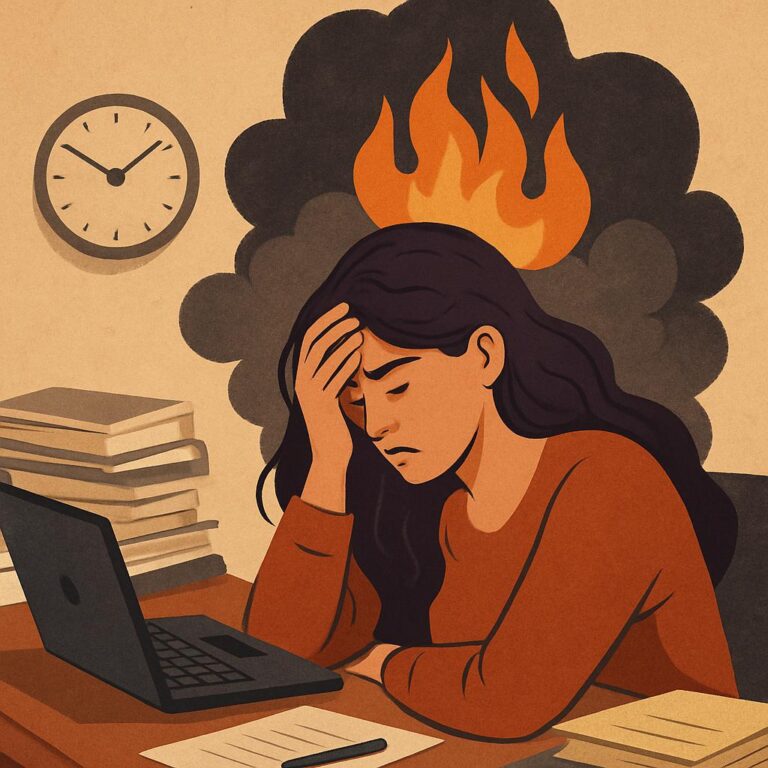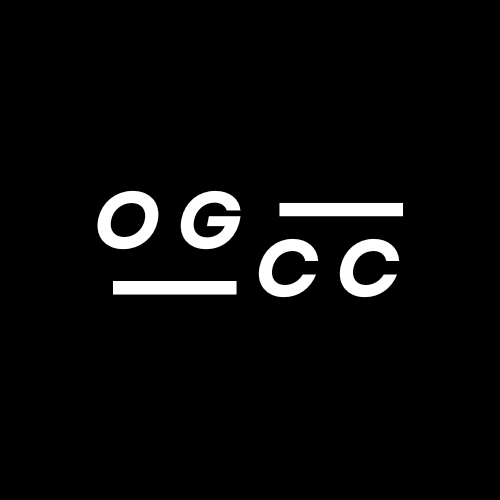
Introduction: When Burnout Hits and No One Knows You’re Bleeding
At 3:17 AM, Emma stared at the blinking cursor on her laptop screen.
Another spreadsheet. Another board update. Another version of her face in the Zoom preview window—this one a little grayer, a little more hollow.
She wasn’t sobbing. She wasn’t throwing things. She wasn’t even yelling.
She was just… done.
And yet, by 7:00 AM, she’d be on her third espresso, tightening a blazer, pasting on her “I’m still leading” smile for the executive team.
Because that’s what high-functioning burnout looks like.
Especially for CEOs. Especially for you.
But here’s the truth no one tells leaders until it’s too late:
You don’t burn out because you’re weak.
You burn out because you don’t know which kind of exhaustion is eating you alive.
The Problem: Emotional vs. Operational Overload (and How CEOs Confuse the Two)
Burnout isn’t just about being busy.
Burnout is about being buried alive — under expectations, decisions, team needs, and internalized pressure to “not mess this up.”
But let’s get more specific.
There are two kinds of overload silently wrecking most leaders:
- Operational Overload
You’re managing 47 open loops at once:
- Hiring, firing, funding, fixing culture
- Product launches, client deliverables, quarterly targets
- Slack pings. All. Day. Long.
It’s exhausting — but it’s at least visible.
People see this kind of chaos. They validate it. They applaud your hustle.
They might even offer help.
- Emotional Overload
Now this? This is where the real danger hides.
Emotional overload is:
- Making decisions that keep you up at night
- Pretending you’re not scared when the market shifts
- Absorbing your team’s anxieties without showing your own
- Losing your sense of identity because all you are is… the CEO
You might say, “I’m just tired.”
But the tired you’re talking about isn’t solved by a vacation.
It’s solved by reconnection. Restoration. Grief.
Yes, grief.
Because no one talks about the quiet mourning that happens when:
- You outgrow your team
- You realize the dream isn’t what you imagined
- You feel lonely in rooms full of people who admire you
- The Science of Burnout (and Why Leaders Misread the Signals)
Here’s what the World Health Organization now recognizes burnout as:
“A syndrome resulting from chronic workplace stress that has not been successfully managed.”
But what gets overlooked is that burnout is not just physical depletion — it’s emotional dysregulation.
In a Harvard Business Review article, Dr. Susan David (psychologist at Harvard Medical School) emphasizes:
“The most resilient leaders are not those who push through every storm — they’re the ones who know when to pause and feel.”
🧠 What does this mean for you?
When burnout hits, most CEOs optimize their calendars.
They restructure the org chart.
They hire another Chief of Staff.
But what they really need is:
- Emotional processing
- Identity realignment
- Permission to feel what they’ve been suppressing for months (or years)
And this is where most leadership advice fails.
It tells you to “delegate better,” “time-block more effectively,” or “journal your gratitude.”
But none of that works if you’re grieving the person you used to be.
🔄 4. Reframe: You’re Not Broken — You’re Overdue for an Emotional Reckoning
So here’s the reframe:
You’re not failing.
You’re not “bad at balance.”
You’re just trying to solve an emotional crisis with operational tools.
And that’s like trying to plug a leaky boat with productivity hacks.
What if instead of optimizing harder, you paused to ask:
- What am I actually feeling under all this work?
- What am I afraid people will see if I slow down?
- What part of me feels lost — and what does it need?
This is where our work at OGCC begins — not with surface-level fixes, but with deep clarity.
We sit with the grief. We unpack the over-functioning.
We remind you that being a strong leader doesn’t mean carrying everything alone.
Because the most successful CEOs?
They don’t just build teams.
They build emotional fluency. They seek counsel. They heal — so they can lead from wholeness, not burnout.
💬 5. Start with a Clarity Call — It’s Not Therapy, It’s Leadership Hygiene
You don’t need to wait for a crisis to begin this work.
Start with a free 1:1 Clarity Call — a space to speak freely, without judgment, jargon, or pressure.
It’s where burnout ends and real leadership begins.
🖤 Book your confidential clarity call today.
OGCC | Obsidian Group of Consulting and Counseling
📚 Sources & References:
- World Health Organization. (2019). Burn-out an “occupational phenomenon”. https://www.who.int
- David, S. (2016). Emotional Agility: Get Unstuck, Embrace Change, and Thrive in Work and Life. Harvard Business Review
- Cleveland Clinic. (2022). Burnout: Symptoms & Treatment. [https://my.clevelandclinic.org/health/diseases/22689-burnout]





